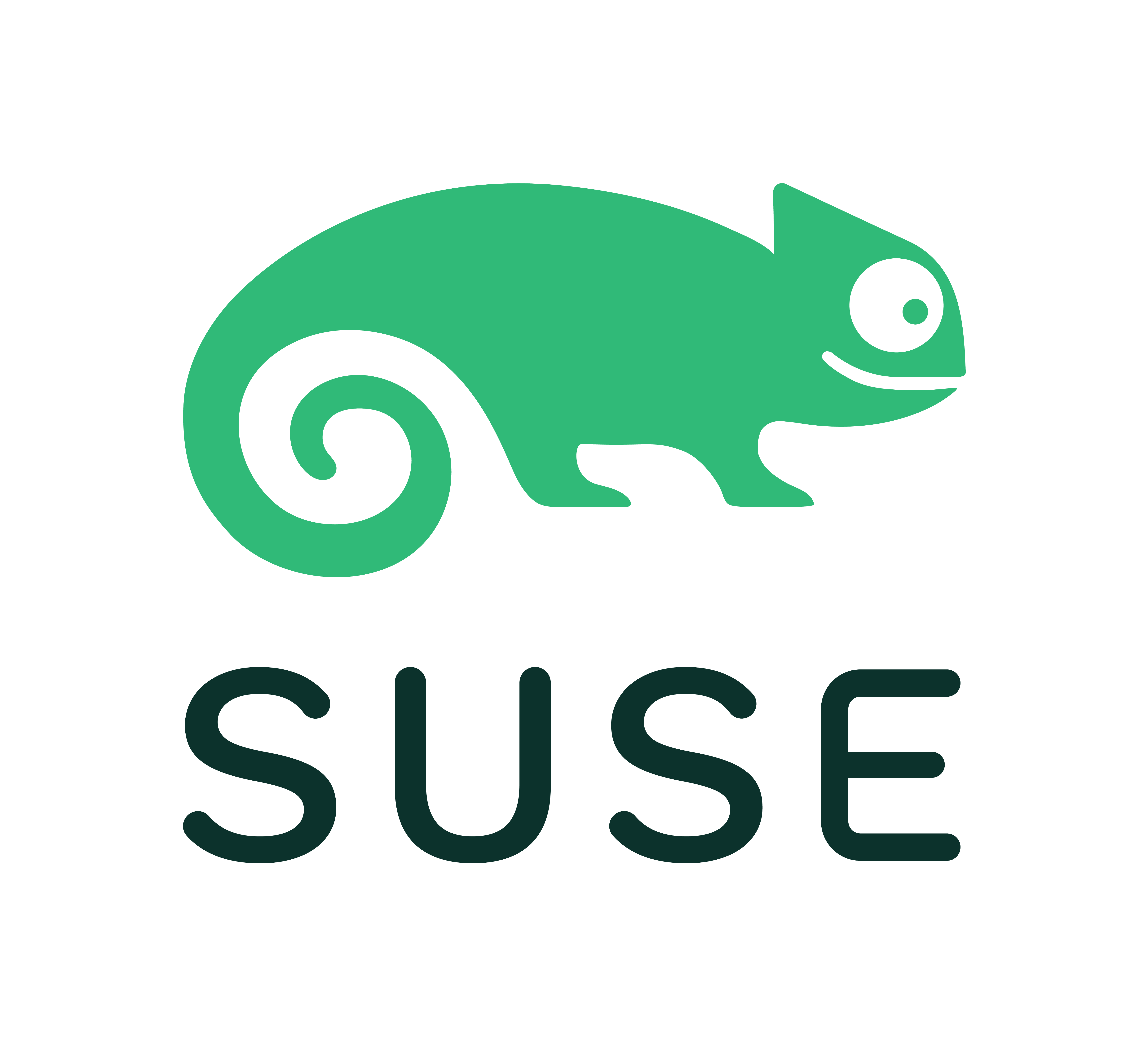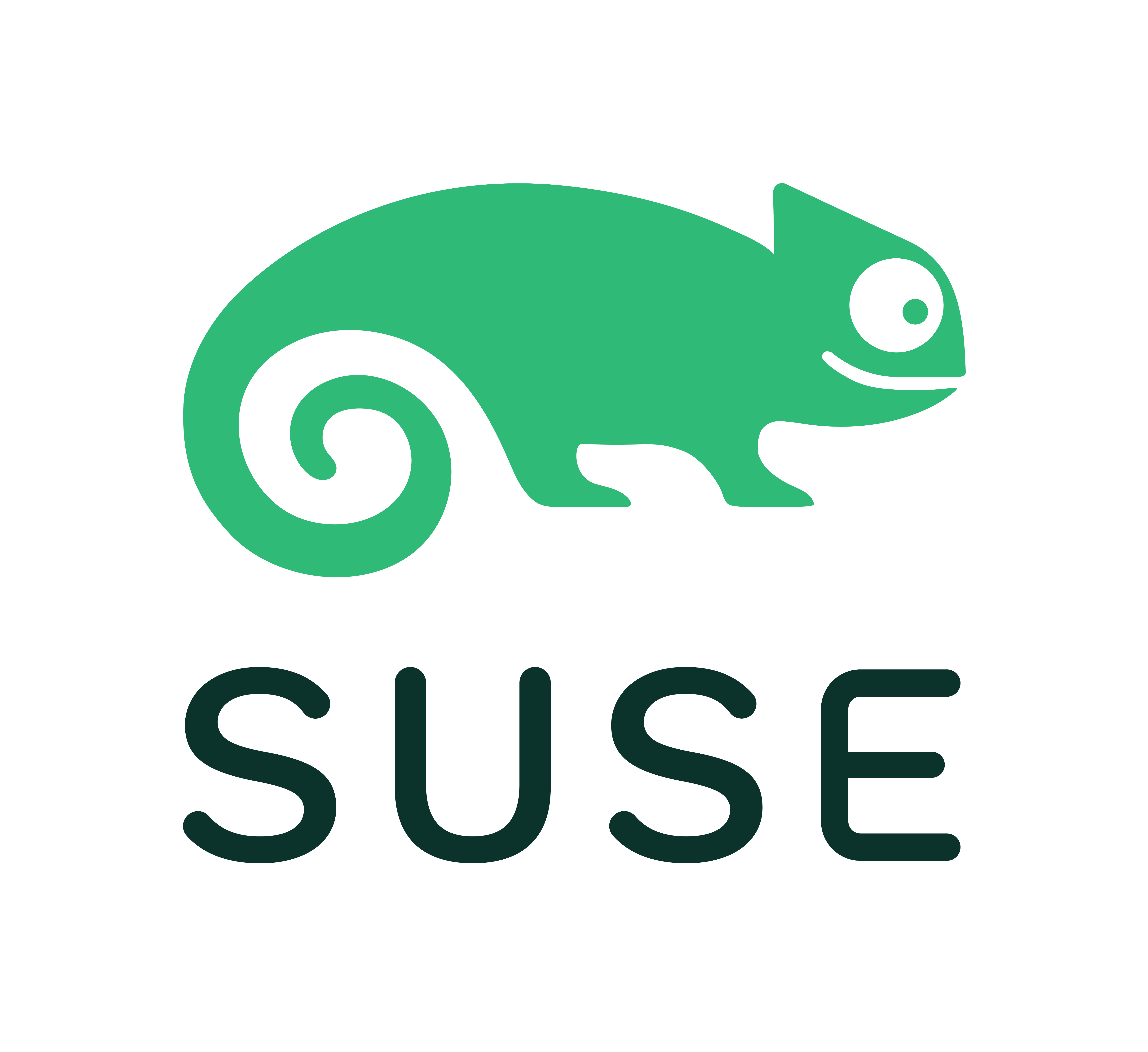
Overview
The industry's first enterprise Linux that integrates agentic AI is SUSE Linux Enterprise Server (SLES) 16. This release provides deeper visibility, insights and automated management to streamline operations, reduce operational costs and time troubleshooting and create a faster time to market for mission critical applications.
Core Drivers of SUSE Linux Enterprise Server
- Ubiquity - "Anywhere and Any Way": SUSE Linux Enterprise Server 16 is being designed to run "Anywhere and Any Way." Whether on the edge, in the cloud, on physical servers, in virtual environments, or in containerized deployments, SLES 16 will support enterprises wherever they choose to deploy their workloads. This flexibility is a direct response to customer needs, allowing organizations to adapt effortlessly to changes in technology and business demands. Furthermore, SLES 16 is being developed to leverage the latest hardware enhancements throughout its lifecycle, ensuring optimal performance on new infrastructure advancements.
- Continuity - Securing Long-Term IT Investments: SUSE Linux Enterprise Server 16 is engineered to protect the long-term investments of customers. The platform is designed to support enterprises' IT needs well into the future, with a lifecycle adapted to manage both legacy and emerging workloads. This adaptability provides businesses with a reliable foundation that enables innovation while maintaining stability for critical operations.
- Long-term Trust - Future-Proof Infrastructure Designed for Longevity: SUSE Linux Enterprise Server 16 is engineered to support the long-term IT investments of enterprises with a platform built for enduring stability and adaptability. Understanding that infrastructure needs evolve, SUSE has designed SLES 16 to manage both legacy and emerging workloads across diverse environments-including hybrid and multi-cloud. Additionally, with a 64-bit time architecture, SLES 16 addresses the 2038 Unix epoch problem, ensuring reliable operation well beyond 2038 and enabling organizations to confidently rely on SLES 16 for extended, future-proof deployments.
- Business-Critical Linux - Ensure Business Continuity: With enhanced SUSE Linux technologies like Live Patching for both kernel and user-space applications, SLES 16 supports the continuous operation of essential workloads, ensuring resilience and business continuity even under demanding conditions while minimizing operational costs and risks.
- Security and Compliance: SUSE Linux Enterprise Server 16 is designed to achieve the highest levels of industry-standard certifications, continuing SUSE's legacy of delivering certified enterprise solutions, as seen with SLES 15. This focus on compliance enables SLES 16 to meet regulatory requirements across multiple industries, giving organizations confidence to deploy it in even the most sensitive environments. Additionally, SUSE Linux Enterprise Server 16 is developed to provide a secure enterprise environment with robust technical features like SELinux for comprehensive system protection. SUSE's commitment to delivering the highest levels of security ensures that SLES 16 customers benefit from a resilient and safe operating environment to protect their critical workloads.
This image has a number of security settings pre-applied. The applied setting are listed in the pcs-hardening.profile
Bring-Your-Own-Subscription (BYOS): Utilize your existing subscription to access and deploy SLES 16 in your preferred environment.
IMPORTANT NOTICE: There are significant differences between SLES and SLES for SAP Applications. It is important to evaluate these differences based on your specific business needs.
Highlights
- Streamline IT Operations & Empower Developers: Unify traditional, software-defined, & cloud-based infrastructures. Drive business growth with a rich ecosystem of tools, frameworks, & integration options for developers.
- Enhanced Security: Protect critical assets with advanced security features such as secure boot, migration, and encryption, ensuring confidentiality, integrity, and availability of your infrastructure.
- Extended Lifecycle: SLES 16 minor releases have 2 years of general support and extend support an additional 3 years with Long Term Support (LTS)
Details
Introducing multi-product solutions
You can now purchase comprehensive solutions tailored to use cases and industries.

Features and programs
Financing for AWS Marketplace purchases

Pricing
Vendor refund policy
No refunds
How can we make this page better?

Legal
Vendor terms and conditions
Content disclaimer
Delivery details
64-bit (x86) Amazon Machine Image (AMI)
Amazon Machine Image (AMI)
An AMI is a virtual image that provides the information required to launch an instance. Amazon EC2 (Elastic Compute Cloud) instances are virtual servers on which you can run your applications and workloads, offering varying combinations of CPU, memory, storage, and networking resources. You can launch as many instances from as many different AMIs as you need.
Version release notes
Additional details
Usage instructions
Use the image to start an instance of your choice in Amazon EC2. Once the instance is running connect to it using a Secure Shell (SSH) client as 'ec2-user' and the configured SSH key. You may connect the instance to the SUSE Customer Center (SCC) or the region local SUSE operated update infrastructure using your existing SUSE registration key. Use 'SUSEConnect -r' or 'registercloudguest -r', respectively to enable your instance to receive maintenance updates and security fixes.
Resources
Support
Vendor support
AWS infrastructure support
AWS Support is a one-on-one, fast-response support channel that is staffed 24x7x365 with experienced and technical support engineers. The service helps customers of all sizes and technical abilities to successfully utilize the products and features provided by Amazon Web Services.
Similar products




